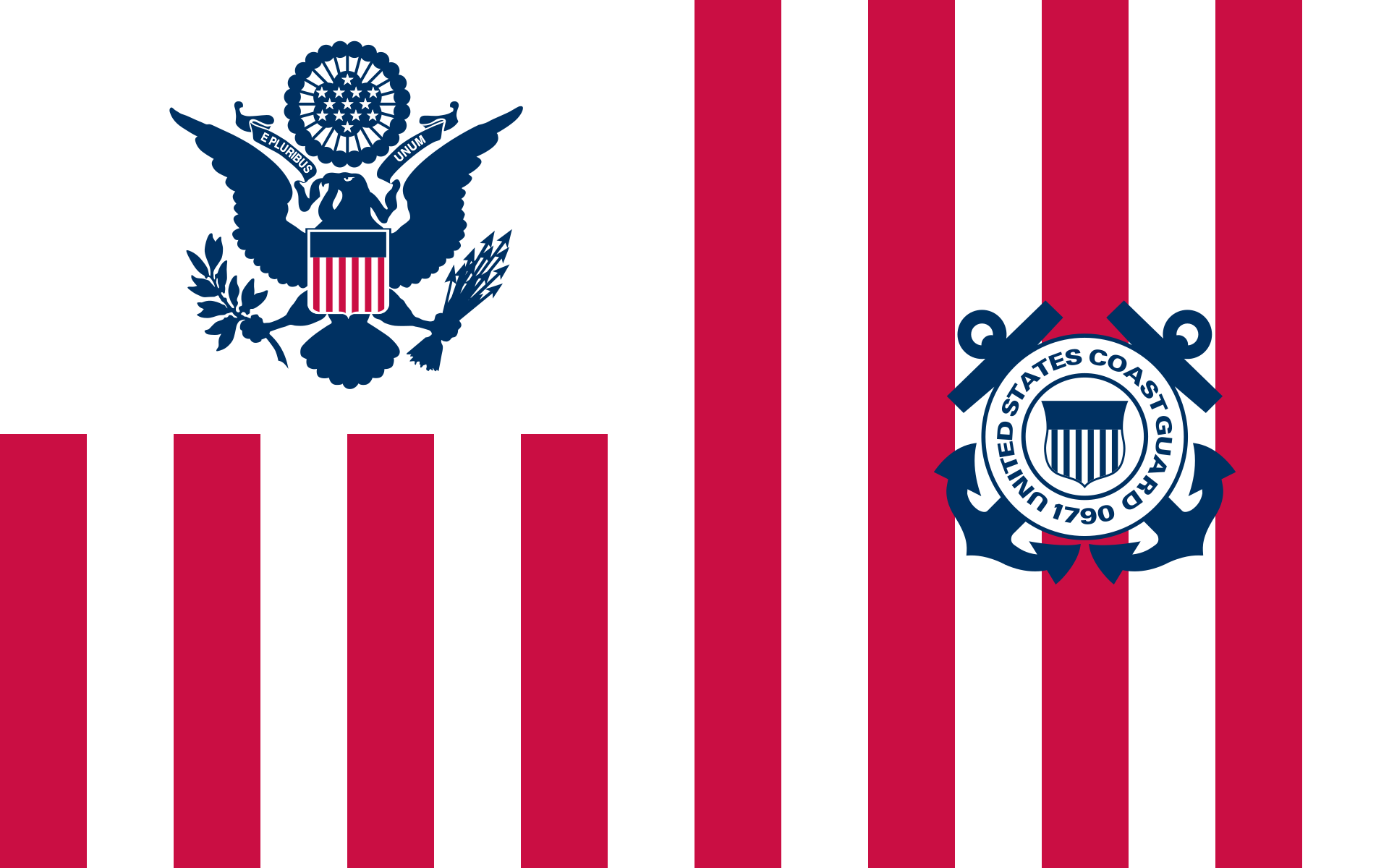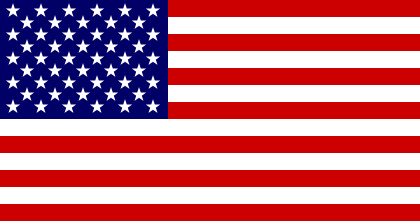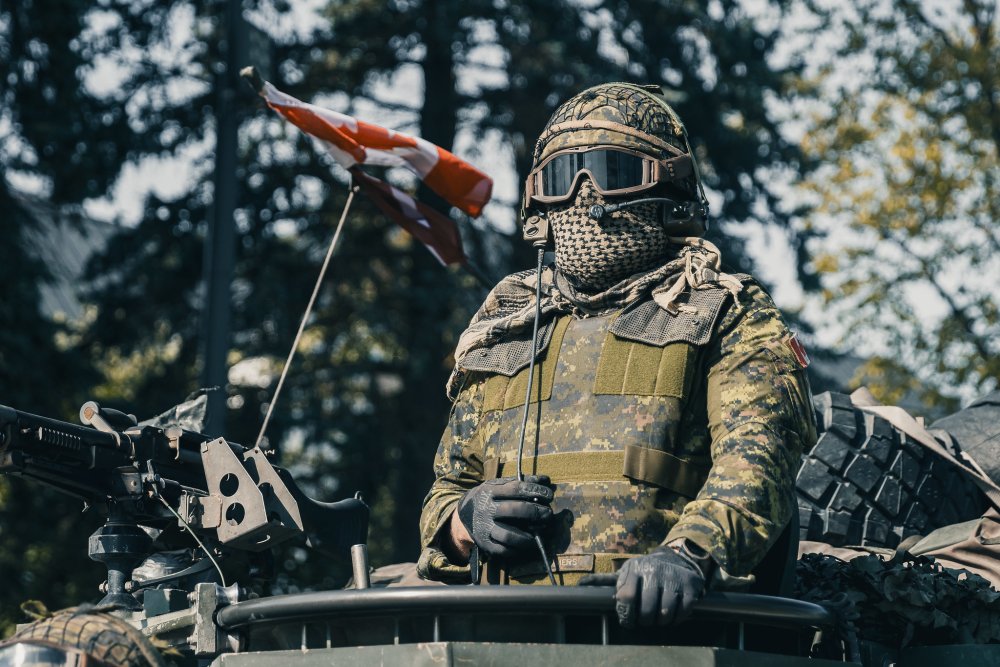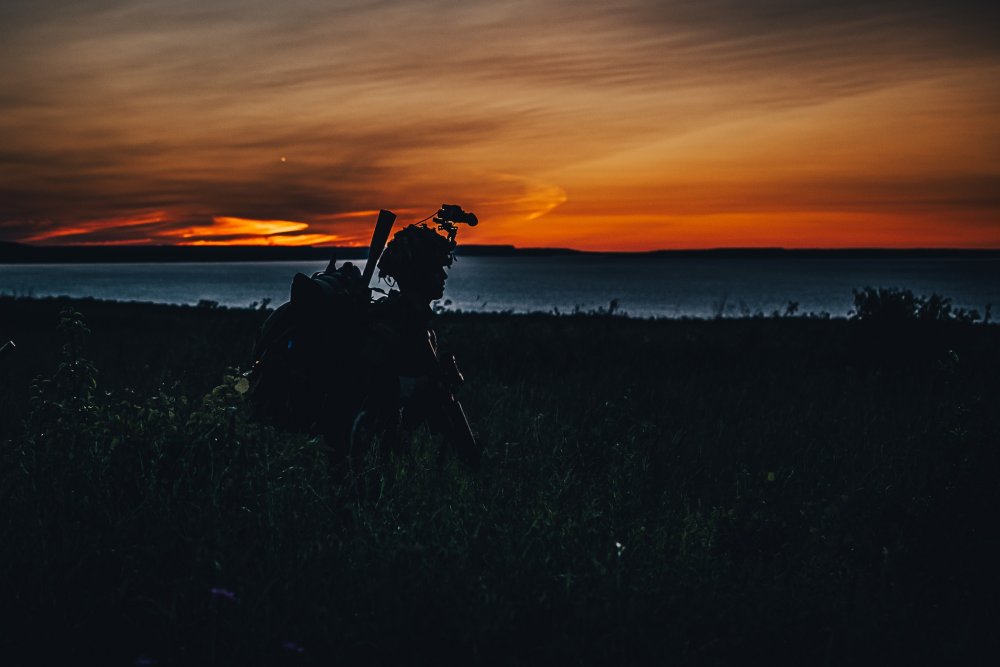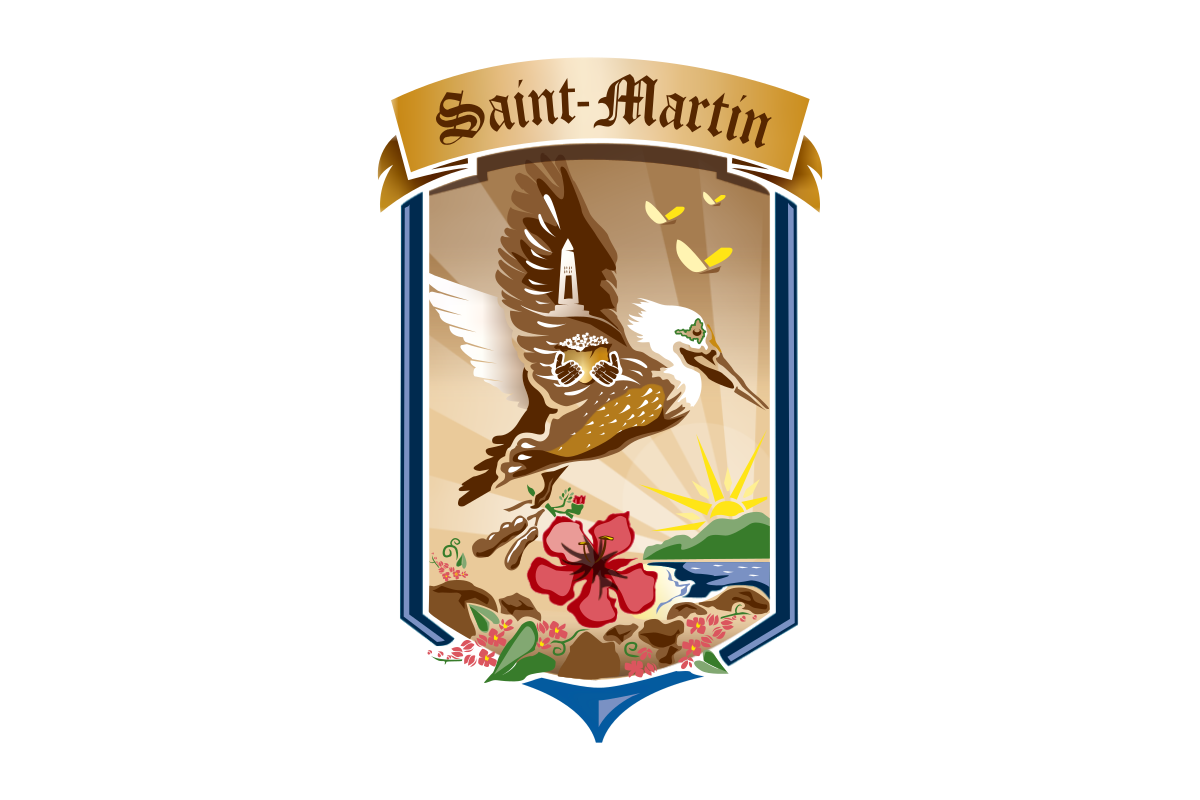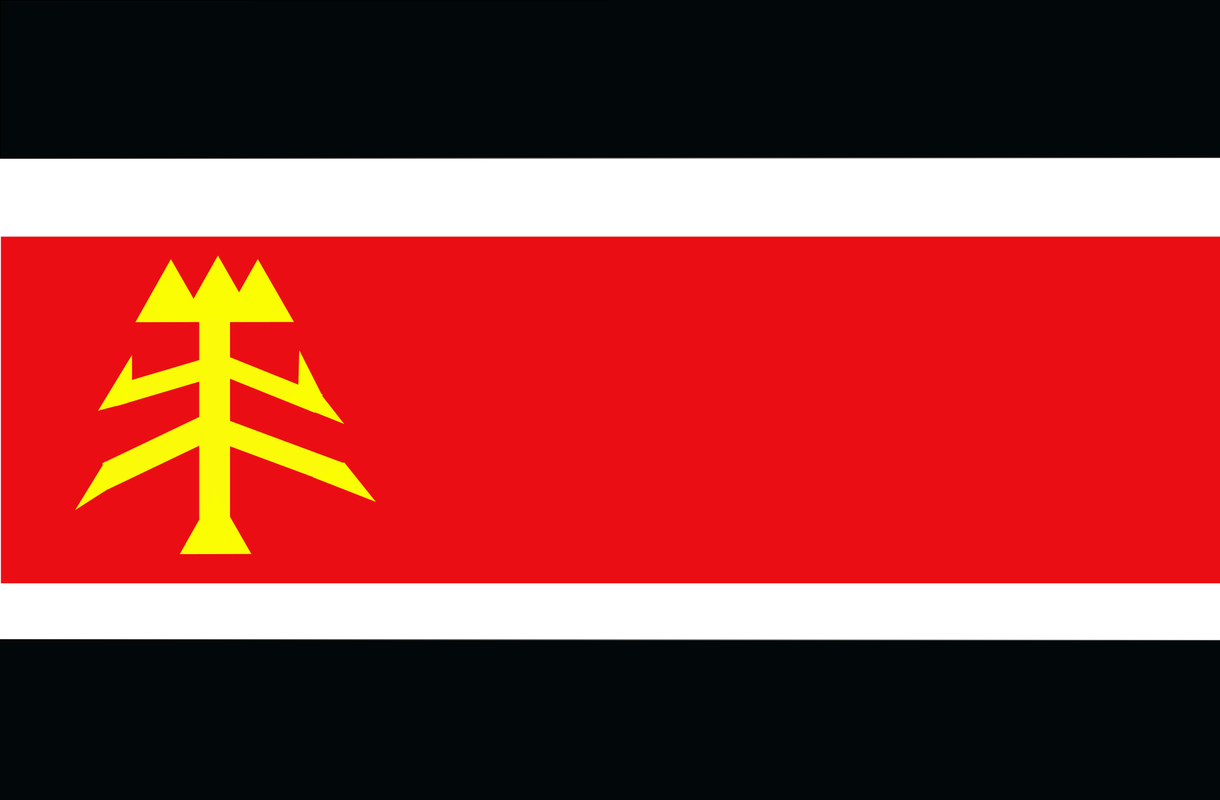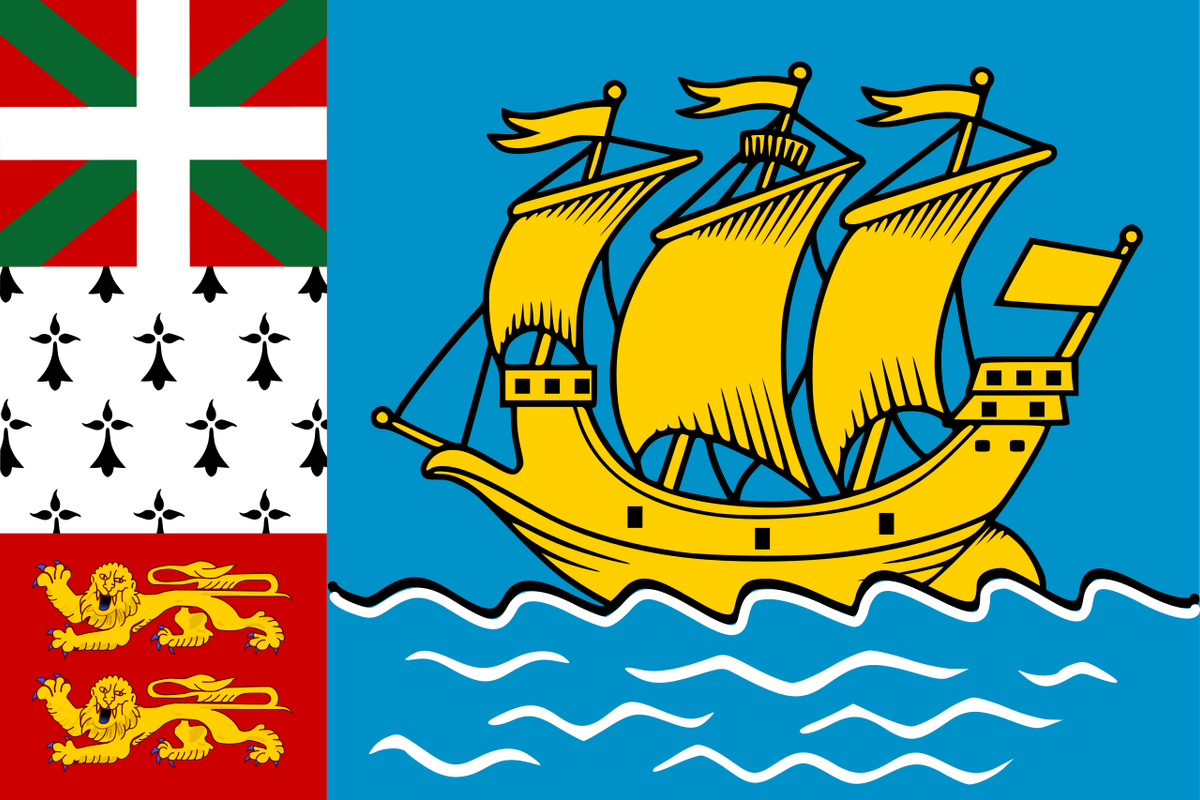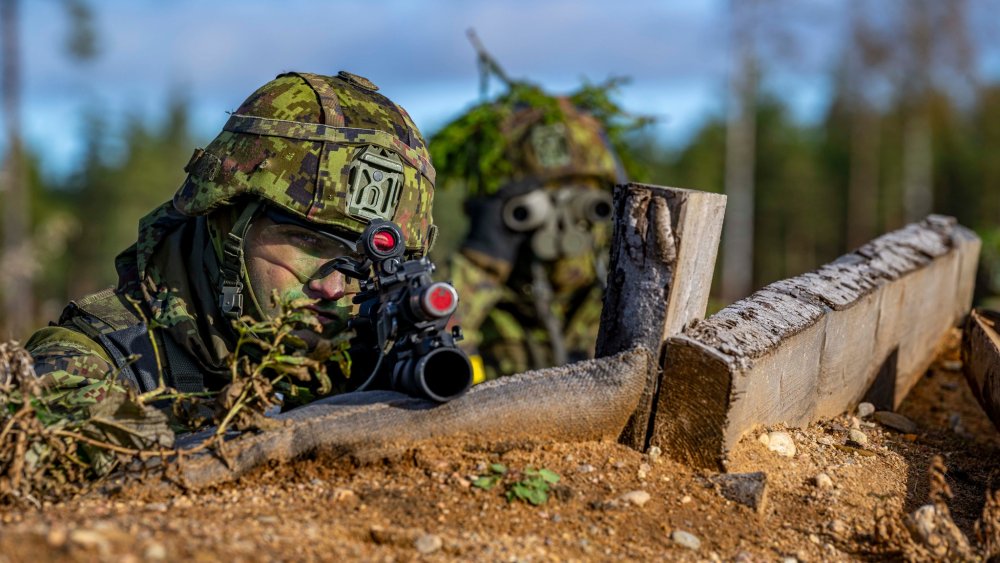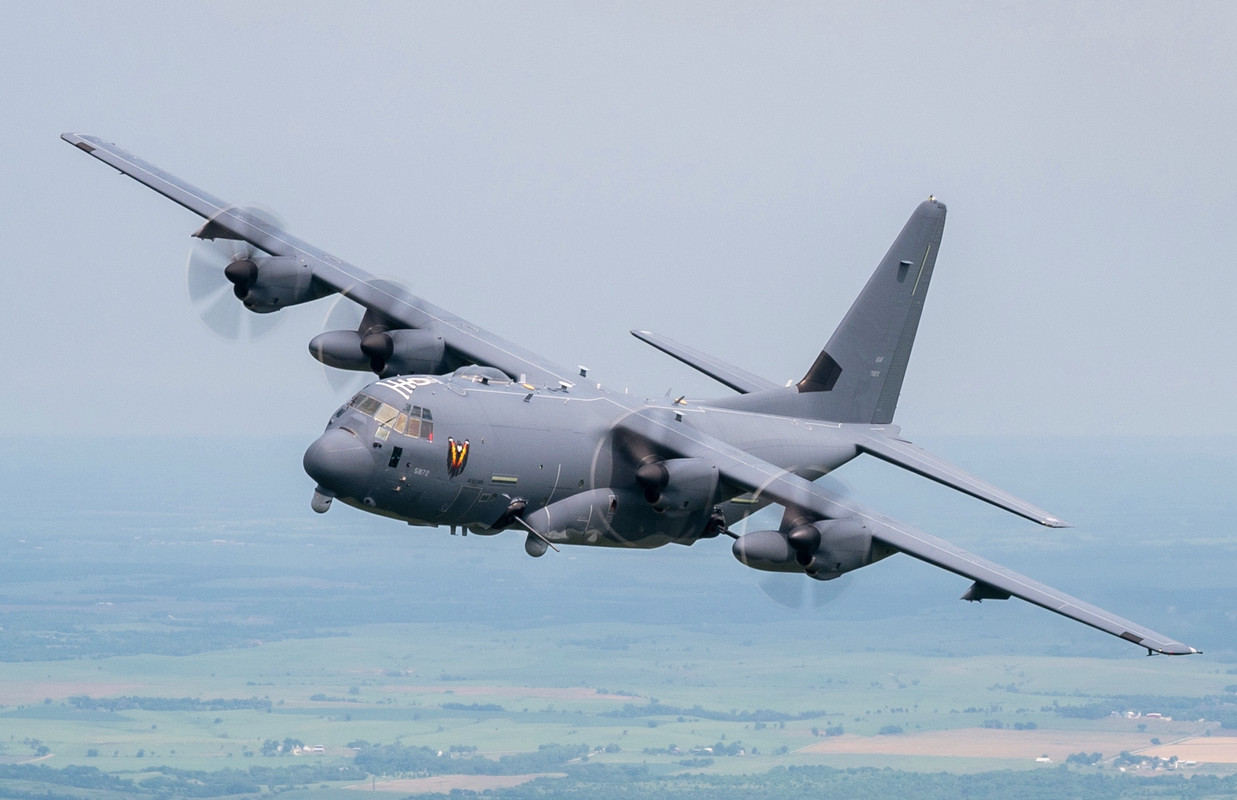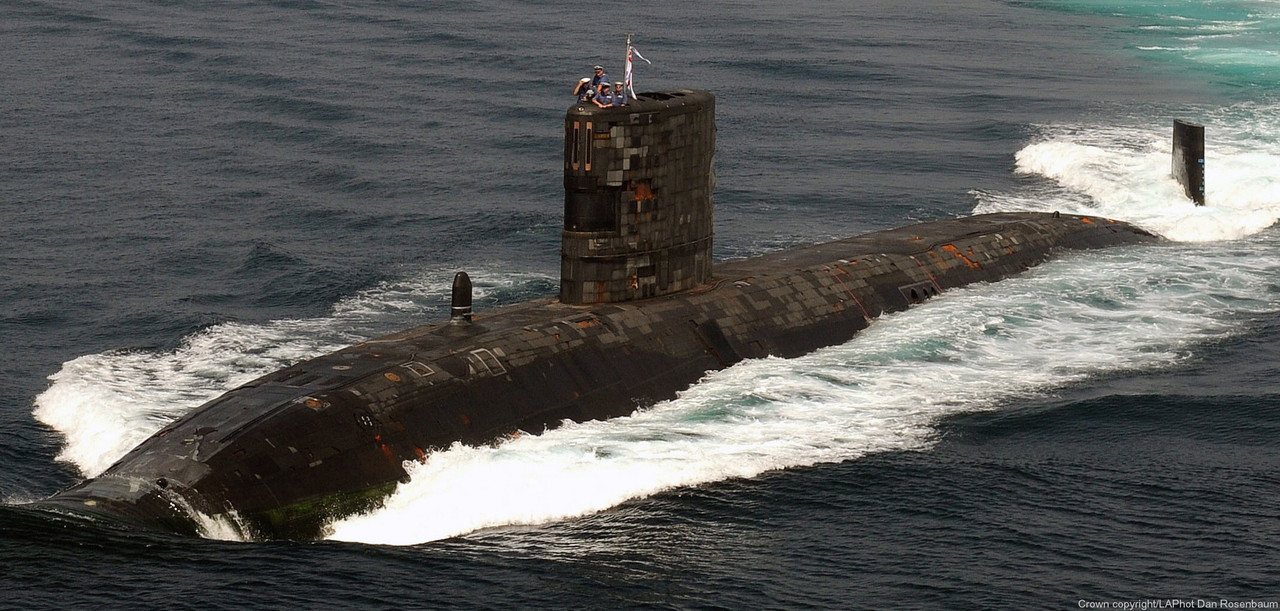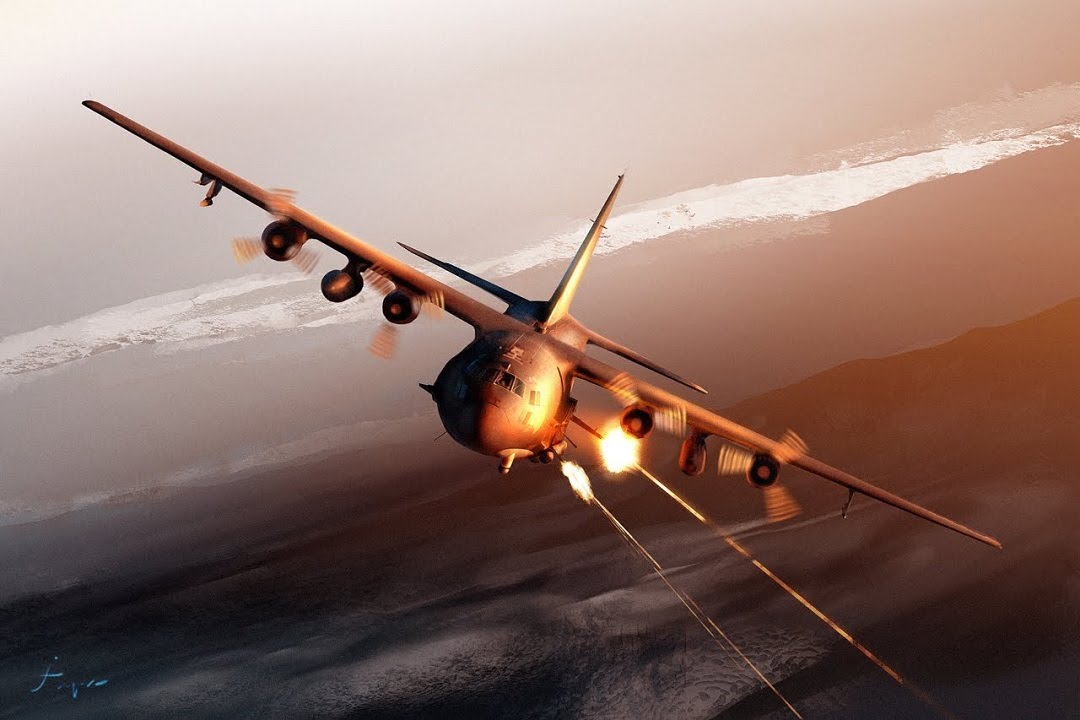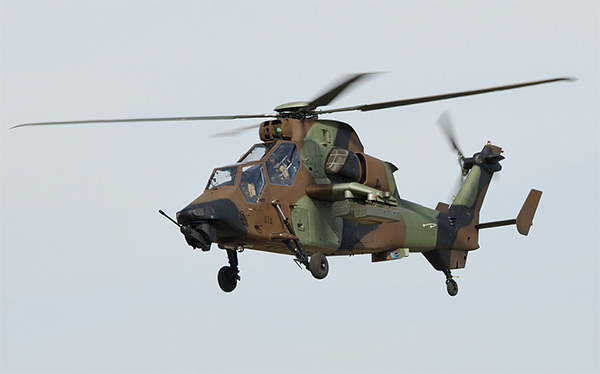Alex
Kingdom of Greece
- Apr 16, 2019
- 4,925
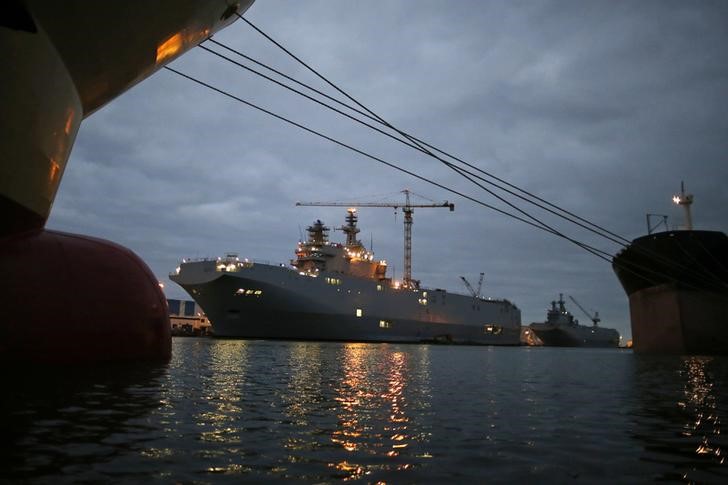
HMS Acadia being prepped for the operation in CFB Halifax |
Operation: LOUISBOURG Canadian-French Conflict Classified & Encrypted "For the wages of sin is death, but the gift of God is eternal life in Jesus Christ our Lord." |
| Operation Information |
|---|
Information about this operation is highly classified and only the highest in the government and military of Canada are informed about its purpose. All vessels were fully fueled, fully supplied, and fully armed before departure. |
| Deployed Forces | Opposition Forces |
|---|---|
CFB Halifax, Nova Scotia
1st Amphibious Squadron HMS Acadia (Mistral-class Amphibious Assault Ship) x160 Sailors x2 Simbad SHORAD Missile System x24 Mistral Missiles x2 20 mm modèle F2 Guns x2 30 mm Breda-Mauser Autocannons x2 7.62mm M134 Miniguns x4 12.7mm M2HB Browning Machine Guns x6 Eurocopter Tiger HAP Attack Helicopters x6 Eurocopter Super Puma Transport Helicopters HMS Vimy Ridge (Spruance-class Destroyer) x334 Sailors x2 5-inch (127mm) 54 calibre Mark 45 Dual Purpose Guns x2 Mark 32 Triple 12.75 in (324 mm) Torpedo Tubes x14 Mark 46 Mod 5 Torpedoes x2 Quadruple Harpoon Missile Canisters x8 A/RGM-84F Harpoon Anti-Ship Missiles x2 20mm Phalanx CIWS Mark 15 Systems x1 61-Cell Mark 41 VLS Launcher x45 RGM/UGM-109E Tomahawk Land Attack Missiles x16 RUR-5 ASROC Anti-Submarine Missiles x1 21-cell Rolling Airframe Missile System x21 RIM-116B Block 1 Close-In Missiles x1 Sikorsky SH-60B Seahawk Anti-Submarine Warfare Helicopter HMS Ypres (Spruance-class Destroyer) x334 Sailors x2 5-inch (127mm) 54 calibre Mark 45 Dual Purpose Guns x2 Mark 32 Triple 12.75 in (324 mm) Torpedo Tubes x14 Mark 46 Mod 5 Torpedoes x2 Quadruple Harpoon Missile Canisters x8 A/RGM-84F Harpoon Anti-Ship Missiles x2 20mm Phalanx CIWS Mark 15 Systems x1 61-Cell Mark 41 VLS Launcher x45 RGM/UGM-109E Tomahawk Land Attack Missiles x16 RUR-5 ASROC Anti-Submarine Missiles x1 21-cell Rolling Airframe Missile System x21 RIM-116B Block 1 Close-In Missiles x1 Sikorsky SH-60B Seahawk Anti-Submarine Warfare Helicopter HMS Mount Sorrel (Spruance-class Destroyer) x334 Sailors x2 5-inch (127mm) 54 calibre Mark 45 Dual Purpose Guns x2 Mark 32 Triple 12.75 in (324 mm) Torpedo Tubes x14 Mark 46 Mod 5 Torpedoes x2 Quadruple Harpoon Missile Canisters x8 A/RGM-84F Harpoon Anti-Ship Missiles x2 20mm Phalanx CIWS Mark 15 Systems x1 61-Cell Mark 41 VLS Launcher x45 RGM/UGM-109E Tomahawk Land Attack Missiles x16 RUR-5 ASROC Anti-Submarine Missiles x1 21-cell Rolling Airframe Missile System x21 RIM-116B Block 1 Close-In Missiles x1 Sikorsky SH-60B Seahawk Anti-Submarine Warfare Helicopter HMS Grilse (Trafalgar-class Submarine) x130 Submariners x5 21-inch (533 mm) Torpedo Tubes x20 Spearfish Heavyweight Torpedoes x10 RGM/UGM-109E Tomahawk Land Attack Missiles 1st Patrol Squadron HMS Halifax (Gepard-class Frigate) x94 Sailors x1 76mm AK-176 Naval Gun x304 Rounds x2 AK-630 CIWS x6,000 Rounds x8 UKSK VLS Cells x8 BrahMos Cruise Missiles x2 Twin 533mm Torpedo Tubes x6 Type-53 USET-80 Torpedoes x1 Twin SA-N-4 Gecko SAM Launcher x20 9M33M Missiles HMS Vancouver (Gepard-class Frigate) x94 Sailors x1 76mm AK-176 Naval Gun x304 Rounds x2 AK-630 CIWS x6,000 Rounds x8 UKSK VLS Cells x8 BrahMos Cruise Missiles x2 Twin 533mm Torpedo Tubes x6 Type-53 USET-80 Torpedoes x1 Twin SA-N-4 Gecko SAM Launcher x20 9M33M Missiles HMS Ville de Quebec (Gepard-class Frigate) x94 Sailors x1 76mm AK-176 Naval Gun x304 Rounds x2 AK-630 CIWS x6,000 Rounds x8 UKSK VLS Cells x8 BrahMos Cruise Missiles x2 Twin 533mm Torpedo Tubes x6 Type-53 USET-80 Torpedoes x1 Twin SA-N-4 Gecko SAM Launcher x20 9M33M Missiles HMS Toronto (Gepard-class Frigate) x94 Sailors x1 76mm AK-176 Naval Gun x304 Rounds x2 AK-630 CIWS x6,000 Rounds x8 UKSK VLS Cells x8 BrahMos Cruise Missiles x2 Twin 533mm Torpedo Tubes x6 Type-53 USET-80 Torpedoes x1 Twin SA-N-4 Gecko SAM Launcher x20 9M33M Missiles HMS Regina (Gepard-class Frigate) x94 Sailors x1 76mm AK-176 Naval Gun x304 Rounds x2 AK-630 CIWS x6,000 Rounds x8 UKSK VLS Cells x8 BrahMos Cruise Missiles x2 Twin 533mm Torpedo Tubes x6 Type-53 USET-80 Torpedoes x1 Twin SA-N-4 Gecko SAM Launcher x20 9M33M Missiles HMS Somme (Spruance-class Destroyer) x334 Sailors x2 5-inch (127mm) 54 calibre Mark 45 Dual Purpose Guns x2 Mark 32 Triple 12.75 in (324 mm) Torpedo Tubes x14 Mark 46 Mod 5 Torpedoes x2 Quadruple Harpoon Missile Canisters x8 A/RGM-84F Harpoon Anti-Ship Missiles x2 20mm Phalanx CIWS Mark 15 Systems x1 61-Cell Mark 41 VLS Launcher x45 RGM/UGM-109E Tomahawk Land Attack Missiles x16 RUR-5 ASROC Anti-Submarine Missiles x1 21-cell Rolling Airframe Missile System x21 RIM-116B Block 1 Close-In Missiles x1 Sikorsky SH-60B Seahawk Anti-Submarine Warfare Helicopter HMS Hill 70 (Spruance-class Destroyer) x334 Sailors x2 5-inch (127mm) 54 calibre Mark 45 Dual Purpose Guns x2 Mark 32 Triple 12.75 in (324 mm) Torpedo Tubes x14 Mark 46 Mod 5 Torpedoes x2 Quadruple Harpoon Missile Canisters x8 A/RGM-84F Harpoon Anti-Ship Missiles x2 20mm Phalanx CIWS Mark 15 Systems x1 61-Cell Mark 41 VLS Launcher x45 RGM/UGM-109E Tomahawk Land Attack Missiles x16 RUR-5 ASROC Anti-Submarine Missiles x1 21-cell Rolling Airframe Missile System x21 RIM-116B Block 1 Close-In Missiles x1 Sikorsky SH-60B Seahawk Anti-Submarine Warfare Helicopter HMS Normandy (Spruance-class Destroyer) x334 Sailors x2 5-inch (127mm) 54 calibre Mark 45 Dual Purpose Guns x2 Mark 32 Triple 12.75 in (324 mm) Torpedo Tubes x14 Mark 46 Mod 5 Torpedoes x2 Quadruple Harpoon Missile Canisters x8 A/RGM-84F Harpoon Anti-Ship Missiles x2 20mm Phalanx CIWS Mark 15 Systems x1 61-Cell Mark 41 VLS Launcher x45 RGM/UGM-109E Tomahawk Land Attack Missiles x16 RUR-5 ASROC Anti-Submarine Missiles x1 21-cell Rolling Airframe Missile System x21 RIM-116B Block 1 Close-In Missiles x1 Sikorsky SH-60B Seahawk Anti-Submarine Warfare Helicopter HMS Fort Rodd Hill (Berlin-class Replenishment Ship) x233 Sailors x4 MLG 27 mm Autocannons HMS Poseidon (Piast-class Rescue/Salvage Ship) x52 Sailors HMS Peggy Taylor (Oste-class Spy Ship) x76 Sailors 1st Submarine Squadron HMS Ojibwa (Trafalgar-class Submarine) x130 Submariners x5 21-inch (533 mm) Torpedo Tubes x20 Spearfish Heavyweight Torpedoes x10 RGM/UGM-109E Tomahawk Land Attack Missiles HMS Okanagan (Trafalgar-class Submarine) x130 Submariners x5 21-inch (533 mm) Torpedo Tubes x20 Spearfish Heavyweight Torpedoes x10 RGM/UGM-109E Tomahawk Land Attack Missiles HMS Olympus (Trafalgar-class Submarine) x130 Submariners x5 21-inch (533 mm) Torpedo Tubes x20 Spearfish Heavyweight Torpedoes x10 RGM/UGM-109E Tomahawk Land Attack Missiles HMS Onondaga (Trafalgar-class Submarine) x130 Submariners x5 21-inch (533 mm) Torpedo Tubes x20 Spearfish Heavyweight Torpedoes x10 RGM/UGM-109E Tomahawk Land Attack Missiles HMS Osiris (Trafalgar-class Submarine) x130 Submariners x5 21-inch (533 mm) Torpedo Tubes x20 Spearfish Heavyweight Torpedoes x10 RGM/UGM-109E Tomahawk Land Attack Missiles CFB St. John's, Newfoundland & Labrador1st Landing Squadron HMS Tadoussac (Lublin-class Minelayer-Landing Ship) x37 Sailors x4 ZU-23-2MR Anti-Air Systems x8 23mm Anti-Aircraft Guns x16 Strela-2M Missiles HMS Eguisheim (Lublin-class Minelayer-Landing Ship) x37 Sailors x4 ZU-23-2MR Anti-Air Systems x8 23mm Anti-Aircraft Guns x16 Strela-2M Missiles HMS Passchendaele (Spruance-class Destroyer) x334 Sailors x2 5-inch (127mm) 54 calibre Mark 45 Dual Purpose Guns x2 Mark 32 Triple 12.75 in (324 mm) Torpedo Tubes x14 Mark 46 Mod 5 Torpedoes x2 Quadruple Harpoon Missile Canisters x8 A/RGM-84F Harpoon Anti-Ship Missiles x2 20mm Phalanx CIWS Mark 15 Systems x1 61-Cell Mark 41 VLS Launcher x45 RGM/UGM-109E Tomahawk Land Attack Missiles x16 RUR-5 ASROC Anti-Submarine Missiles x1 21-cell Rolling Airframe Missile System x21 RIM-116B Block 1 Close-In Missiles x1 Sikorsky SH-60B Seahawk Anti-Submarine Warfare Helicopter 2nd Landing Squadron HMS La Roque-Gageac (Lublin-class Minelayer-Landing Ship) x37 Sailors x4 ZU-23-2MR Anti-Air Systems x8 23mm Anti-Aircraft Guns x16 Strela-2M Missiles HMS Collonges-la-Rouge (Lublin-class Minelayer-Landing Ship) x37 Sailors x4 ZU-23-2MR Anti-Air Systems x8 23mm Anti-Aircraft Guns x16 Strela-2M Missiles HMS Amiens (Spruance-class Destroyer) x334 Sailors x2 5-inch (127mm) 54 calibre Mark 45 Dual Purpose Guns x2 Mark 32 Triple 12.75 in (324 mm) Torpedo Tubes x14 Mark 46 Mod 5 Torpedoes x2 Quadruple Harpoon Missile Canisters x8 A/RGM-84F Harpoon Anti-Ship Missiles x2 20mm Phalanx CIWS Mark 15 Systems x1 61-Cell Mark 41 VLS Launcher x45 RGM/UGM-109E Tomahawk Land Attack Missiles x16 RUR-5 ASROC Anti-Submarine Missiles x1 21-cell Rolling Airframe Missile System x21 RIM-116B Block 1 Close-In Missiles x1 Sikorsky SH-60B Seahawk Anti-Submarine Warfare Helicopter 3rd Landing Squadron HMS Saguenay (Lublin-class Minelayer-Landing Ship) x37 Sailors x4 ZU-23-2MR Anti-Air Systems x8 23mm Anti-Aircraft Guns x16 Strela-2M Missiles HMS Fort Niagara (Lublin-class Minelayer-Landing Ship) x37 Sailors x4 ZU-23-2MR Anti-Air Systems x8 23mm Anti-Aircraft Guns x16 Strela-2M Missiles HMS Dieppe (Spruance-class Destroyer) x334 Sailors x2 5-inch (127mm) 54 calibre Mark 45 Dual Purpose Guns x2 Mark 32 Triple 12.75 in (324 mm) Torpedo Tubes x14 Mark 46 Mod 5 Torpedoes x2 Quadruple Harpoon Missile Canisters x8 A/RGM-84F Harpoon Anti-Ship Missiles x2 20mm Phalanx CIWS Mark 15 Systems x1 61-Cell Mark 41 VLS Launcher x45 RGM/UGM-109E Tomahawk Land Attack Missiles x16 RUR-5 ASROC Anti-Submarine Missiles x1 21-cell Rolling Airframe Missile System x21 RIM-116B Block 1 Close-In Missiles x1 Sikorsky SH-60B Seahawk Anti-Submarine Warfare Helicopter 4th Landing Squadron HMS Crevecoeur (Lublin-class Minelayer-Landing Ship) x37 Sailors x4 ZU-23-2MR Anti-Air Systems x8 23mm Anti-Aircraft Guns x16 Strela-2M Missiles HMS Saint Antoine (Lublin-class Minelayer-Landing Ship) x37 Sailors x4 ZU-23-2MR Anti-Air Systems x8 23mm Anti-Aircraft Guns x16 Strela-2M Missiles HMS Ortona (Spruance-class Destroyer) x334 Sailors x2 5-inch (127mm) 54 calibre Mark 45 Dual Purpose Guns x2 Mark 32 Triple 12.75 in (324 mm) Torpedo Tubes x14 Mark 46 Mod 5 Torpedoes x2 Quadruple Harpoon Missile Canisters x8 A/RGM-84F Harpoon Anti-Ship Missiles x2 20mm Phalanx CIWS Mark 15 Systems x1 61-Cell Mark 41 VLS Launcher x45 RGM/UGM-109E Tomahawk Land Attack Missiles x16 RUR-5 ASROC Anti-Submarine Missiles x1 21-cell Rolling Airframe Missile System x21 RIM-116B Block 1 Close-In Missiles x1 Sikorsky SH-60B Seahawk Anti-Submarine Warfare Helicopter CFB Greenwood, Nova Scotia
33rd Fighter Squadron x24 Lockheed Martin F-16C/D Block 52+ Multi-Role Fighters x24 Fighter Pilots 27th Fighter Squadron x24 Panavia Tornado ADV F3 Interceptors x48 Fighter Pilots 1st Maritime Patrol Squadron x5 Lockheed CP-140 Aurora Maritime Patrol Aircraft x40 Aircraft Crew CFB Gander, Newfoundland & Labrador34th Fighter Squadron x24 Lockheed Martin F-16C/D Block 52+ Multi-Role Fighters x24 Fighter Pilots 29th Fighter Squadron x24 Panavia Tornado ADV F3 Interceptors x48 Fighter Pilots CFB Goose Bay, Newfoundland & Labrador37th Fighter Squadron x24 Lockheed Martin F-16C/D Block 52+ Multi-Role Fighters x24 Fighter Pilots 30th Fighter Squadron x24 Panavia Tornado ADV F3 Interceptors x48 Fighter Pilots 12th Bomber Squadron x7 Tupolev Tu-95 Bear Strategic Bomber x49 Aircraft Crew 2nd Maritime Patrol Squadron x5 Lockheed CP-140 Aurora Maritime Patrol Aircraft x40 Aircraft Crew CFB Bagotville, Quebec40th Fighter Squadron x24 Lockheed Martin F-16C/D Block 52+ Multi-Role Fighters x24 Fighter Pilots 43rd Fighter Squadron x24 Lockheed Martin F-16C/D Block 52+ Multi-Role Fighters x24 Fighter Pilots 31st Fighter Squadron x24 Panavia Tornado ADV F3 Interceptors x48 Fighter Pilots 11th Bomber Squadron x7 Tupolev Tu-95 Bear Strategic Bomber x49 Aircraft Crew 13th Bomber Squadron x7 Tupolev Tu-22M2 Backfire Strategic Bomber x28 Aircraft Crew 1st Transport Squadron x10 Lockheed Martin C-130J-30 Transport Plane x50 Aircraft Crew CFB Trenton, Ontario2nd Transport Squadron x6 Lockheed Martin C-130J-30 Transport Plane x30 Aircraft Crew 17th Fighter Squadron x12 Lockheed Martin F-16C/D Block 52+ Multi-Role Fighter x12 Aircraft Crew 4th Fighter Squadron x12 Panavia Tornado ADV F3 Interceptor x24 Aircraft Crew 1st CAS Squadron x2 Lockheed Martin AC-130H Spectre Gunship x26 Aircraft Crew CFB Uplands, Ontario1st Refueling Squadron x2 Airbus CC-150T Aerial Refueler x6 Aircraft Crew CFB St. John's, Newfoundland & Labrador
1st Marine Company x135 Marines x12 OT-64 SKOT-1A AAPC 2nd Marine Company x135 Marines x12 OT-64 SKOT-1A AAPC 3rd Marine Company x135 Marines x12 OT-64 SKOT-1A AAPC 4th Marine Company x135 Marines x12 OT-64 SKOT-1A AAPC 5th Marine Company x135 Marines x12 OT-64 SKOT-1A AAPC 6th Marine Company x135 Marines x12 OT-64 SKOT-1A AAPC 7th Marine Company x135 Marines x12 OT-64 SKOT-1A AAPC 8th Marine Company x135 Marines x12 OT-64 SKOT-1A AAPC 1st Marine Battalion x450 Marines x42 OT-64 SKOT-1A AAPC CFB Shearwater, Nova Scotia9th Marine Company x94 Marines 10th Marine Company x94 Marines 11th Marine Company x94 Marines 12th Marine Company x94 Marines 13th Marine Company x94 Marines 14th Marine Company x94 Marines 15th Marine Company x94 Marines 16th Marine Company x94 Marines 17th Marine Company x94 Marines 18th Marine Company x94 Marines 19th Marine Company x94 Marines 20th Marine Company x94 Marines 21st Marine Company x94 Marines 22nd Marine Company x94 Marines 23rd Marine Company x94 Marines 24th Marine Company x94 Marines | Unknown |
Last edited:



